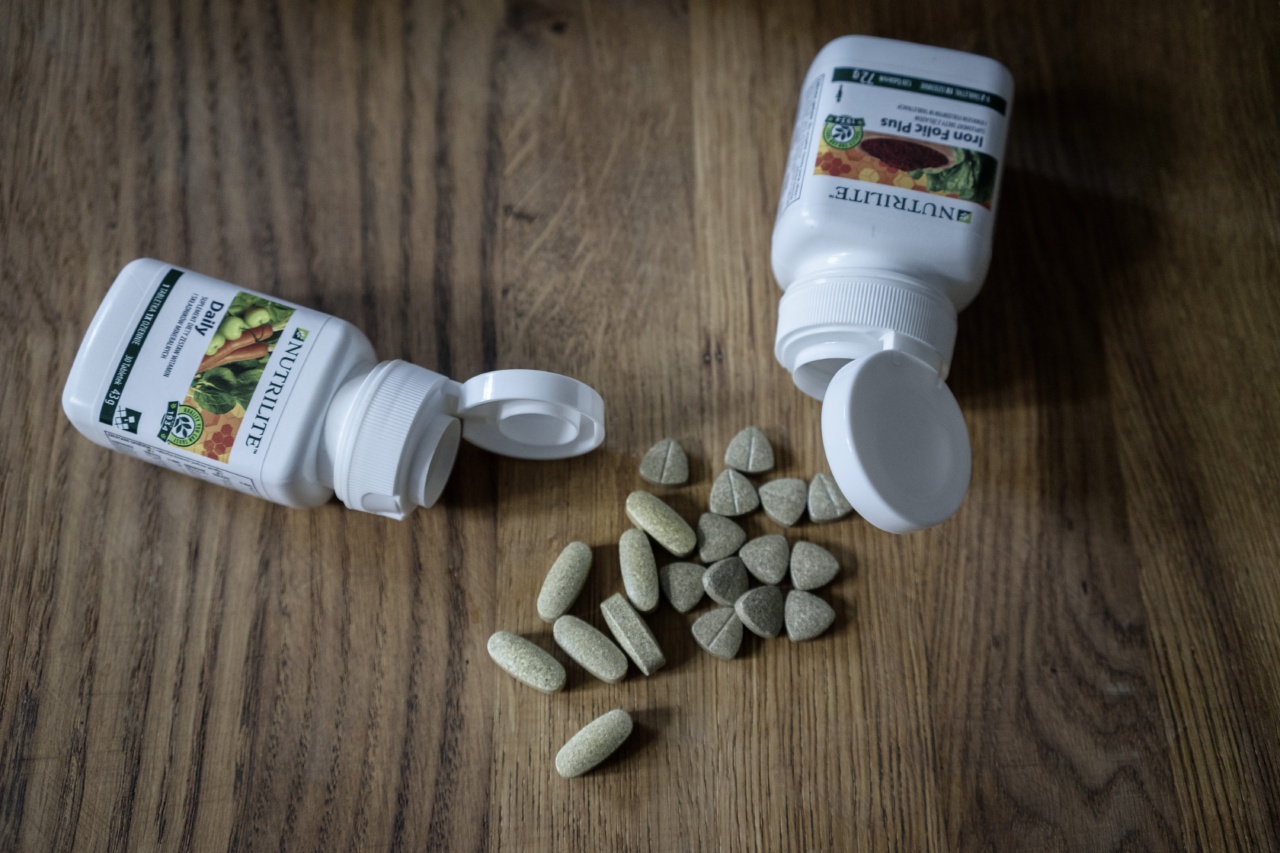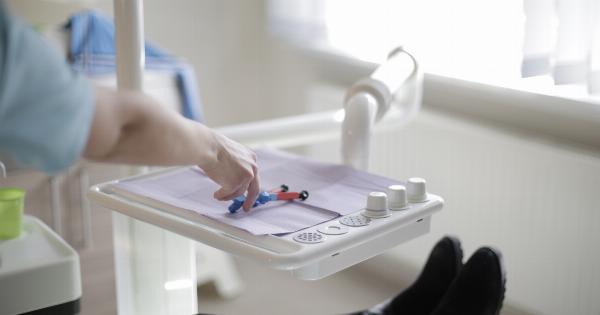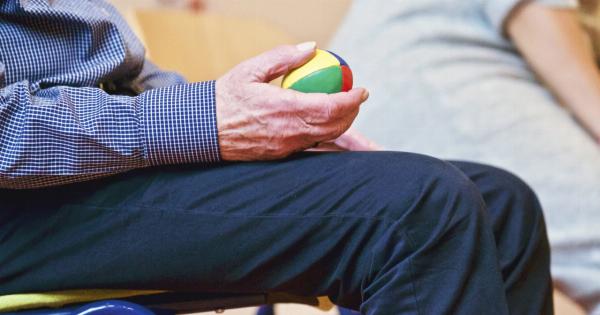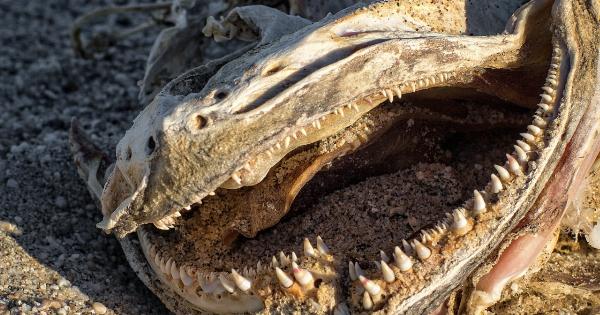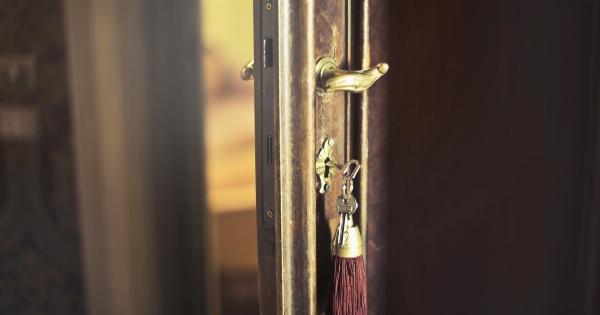A penis fracture is a serious injury that occurs when there is a rupture in the tunica albuginea, the tough fibrous tissue that surrounds the erectile chambers of the penis.
This injury is usually caused by blunt force trauma to the erect penis, such as during vigorous sexual activity or a sports-related accident. Despite being a rare condition, it can have devastating consequences if left untreated.
In this article, we will explore the causes, symptoms, diagnosis, and treatment options for penis fractures, emphasizing the importance of surgery in preventing long-term complications.
Causes of Penis Fracture
A penis fracture typically occurs when the penis is forcefully bent or slammed against a hard object. Some common causes include:.
- Vigorous sexual activity: Intense thrusting or awkward positions during sexual intercourse can cause the penis to be bent at an unnatural angle, leading to a fracture.
- Accidents during masturbation: Vigorous or rough masturbation techniques can also result in a penis fracture.
- Sports-related injuries: Certain sports activities that put the penis at risk of trauma, such as biking, martial arts, or contact sports, can lead to a penis fracture.
When a force is applied to the erect penis, the tunica albuginea can tear, resulting in a sudden loss of erection accompanied by severe pain. In some cases, a popping or cracking sound may be heard at the time of the injury.
Immediate medical attention is crucial to prevent further damage and complications.
Symptoms of Penis Fracture
The symptoms of a penis fracture are usually unmistakable and require prompt evaluation by a healthcare professional. Common signs and symptoms include:.
- Sudden loss of erection
- Severe pain in the penis
- Swelling and bruising
- Visibly bent or distorted penis
- Popping or cracking sound at the time of injury
- Blood in the urine or ejaculate
If you or someone you know experiences these symptoms, it is essential to seek immediate medical attention to accurately diagnose and address the fracture.
Diagnosis of Penis Fracture
When a penis fracture is suspected, a healthcare professional will perform a physical examination and discuss the patient’s symptoms and medical history. In some cases, additional diagnostic tests may be needed to confirm the diagnosis.
Imaging tests such as an ultrasound or MRI may be ordered to assess the extent of the injury and determine if there are associated injuries to the urethra or other structures within the penis.
These tests help guide the treatment plan and ensure appropriate management of the fracture.
Surgical Intervention: The Essential Treatment
For penis fractures, surgical intervention is often the recommended treatment option. Surgery aims to repair the torn tunica albuginea and restore the normal anatomy and function of the penis.
This intervention is crucial for preventing long-term complications, such as erectile dysfunction, penile curvature, and Peyronie’s disease.
The surgical procedure, known as a penile fracture repair, is performed under general anesthesia. During the surgery, the surgeon makes an incision in the penile shaft to access the torn tunica albuginea.
The edges of the tear are then carefully aligned and sutured together using strong, absorbable sutures. Additional measures may be taken, such as grafting or reinforcement with synthetic materials, to strengthen the repaired tissue.
After the surgery, patients usually require a period of rest and recovery to allow the healing process to take place. This may involve refraining from sexual activity and avoiding activities that put excessive strain on the penis.
Follow-up appointments are necessary to monitor the healing progress and address any concerns or complications that may arise.
Recovery and Rehabilitation
The recovery period following surgery for a penis fracture can vary depending on the severity of the injury and individual factors.
In general, patients can expect to experience some discomfort, swelling, and bruising in the days following the procedure. Pain medication and cold packs may be recommended to alleviate these symptoms.
It is crucial to follow the post-operative instructions provided by the healthcare team to promote proper healing and minimize the risk of complications.
This may include avoiding sexual activity, using protective measures during intercourse once allowed, and engaging in gentle stretching exercises to prevent penile curvature.
Psychological support is also essential during the recovery process, as a penis fracture can have a significant impact on a person’s self-esteem, body image, and sexual well-being.
Open communication with one’s partner and seeking professional counseling if necessary can greatly aid in emotional healing and adjustment to any post-operative changes.
Possible Complications and Long-Term Effects
Penis fractures are considered urological emergencies, and prompt surgical intervention is essential to minimize the risk of complications. Some potential long-term effects of an untreated or inadequately treated penis fracture include:.
- Erectile dysfunction: Damage to the erectile chambers or blood vessels can lead to difficulty achieving or maintaining an erection.
- Penile curvature: Inadequate repair of the tunica albuginea can result in a curved or bent penis during erections.
- Peyronie’s disease: Scar tissue formation following a fracture can cause penile curvature, painful erections, and difficulties with intercourse.
- Psychological impact: Suffering a penis fracture can lead to psychological distress, including anxiety, depression, and impaired sexual confidence.
By undergoing surgery to repair the fracture, these long-term complications can be greatly minimized, allowing for a faster and more complete recovery.
Preventing Penis Fractures
While it may not always be possible to prevent penis fractures entirely, there are measures that individuals can take to reduce their risk:.
- Engage in sexual activities cautiously, avoiding excessive force or vigorous movements that could lead to injury.
- Communicate openly with sexual partners about comfort levels, ensuring mutually pleasurable and safe experiences.
- Use protective measures, such as condoms, to reduce the risk of sexually transmitted infections, which may increase the likelihood of engaging in rough or aggressive sexual behavior.
- Avoid using excessive force or pressure during masturbation, opting for gentler techniques instead.
- Wear protective gear, such as genital cups or padding, during sports or activities that carry a risk of penile injury.
While these preventive measures cannot guarantee complete protection against penis fractures, they can significantly lower the risk and promote sexual well-being.
Conclusion
A penis fracture, although rare, is a severe injury that requires immediate medical attention and surgical intervention.
Surgery is vital for repairing the torn tunica albuginea and minimizing the risk of long-term complications such as erectile dysfunction, penile curvature, and Peyronie’s disease.
Individuals who have experienced a penis fracture should not hesitate to seek medical help, as prompt treatment can lead to better outcomes and a faster recovery.
By following preventive measures and prioritizing sexual health and safety, individuals can reduce their risk of experiencing this traumatic injury.
